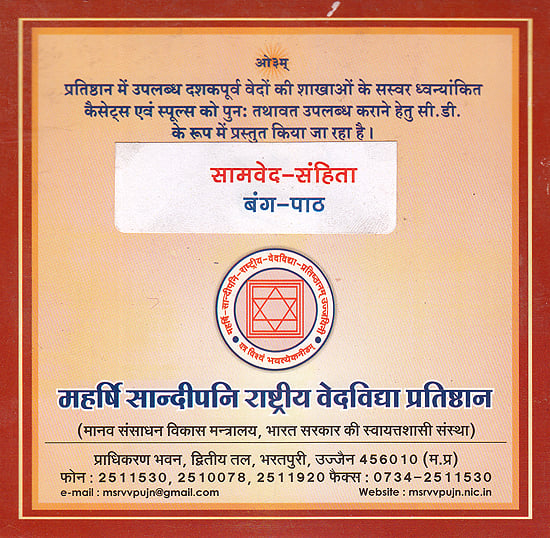
The reason being that most of the mantras in Samaveda are derived from the Rigveda. The Samaveda is the smallest of all four Vedas. And amongst Sushir, Turabh Nadi & Bankura. Amongst the Ghan Vadyas, there is a mention of Dudumbhi, Adambhar, Vanaspati.

Of these, amongst the Tantu Vadyas, Kannada Veeena, Karkari and Veena have been mentioned. Various musical instruments have been mentioned in the Vedic times. Three types of vowels of Vedic songs are mentioned, which are Udatt, Anudatt and Swarit. Those who sing these hymns are known as Samag. As these mantras are musical and poetic, this collection is known as Samaveda. If we talk about the root mantras, then Samaveda only has 99 such mantras. The mantras of Samasveda are sung during a yajna, special rituals (anushthan), and havanas. We know that Samaveda is a musical scripture. Samaveda literally means the mantras that can be sung poetically. Jaimini, the disciple of Maharishi Ved Vyasa, is considered the foremost visionary of Samaveda. In fact, various traditional musical instruments have been shaped by the intent and content of Samaveda. Many aspects of Indian music have been derived from Samaveda. It can also be called the primary source of Indian music. Samaveda being the Veda of the musical genre has contributed significantly to the development of Indian music. Chandra (Moon god) is also mentioned in this scripture. This Veda mainly contains mantras in the praise of Lord Sun.

If we talk about the demigods of Samveda, there is a special mention of Lord Surya (Sun), who takes care of humankind.


 0 kommentar(er)
0 kommentar(er)
